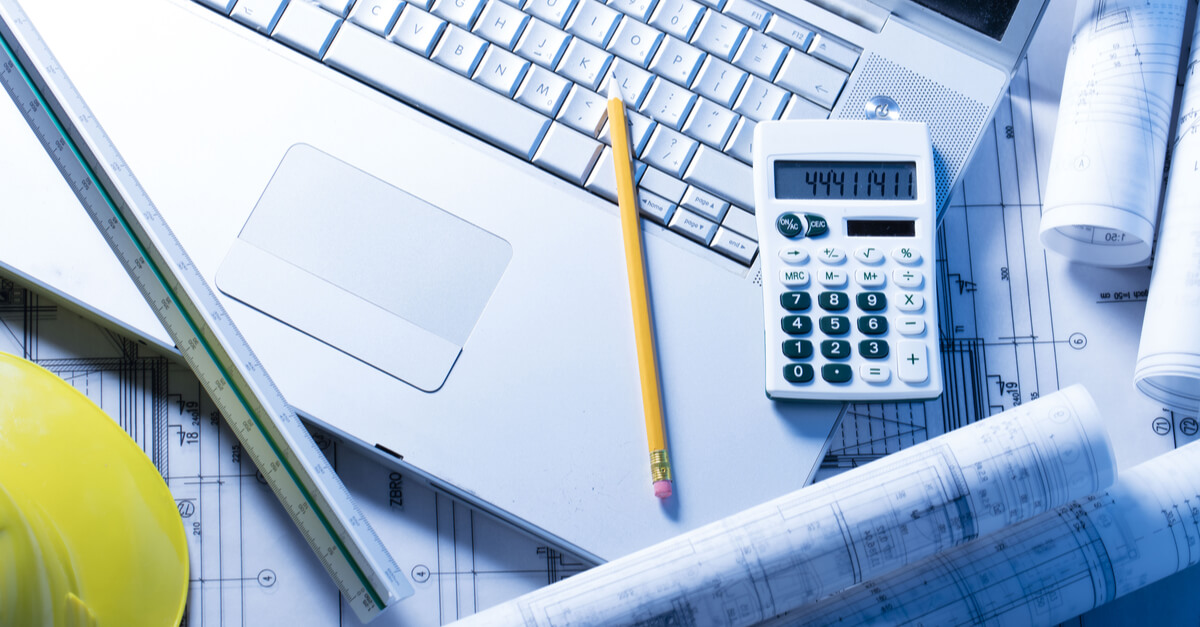I hate to state the obvious, but if you are planning a new commercial construction project, your work has already begun. Break out your to-do checklist and prepare for what may not be as obvious or simple to calculate. These would be the costs, both planned and unpredictable, involved with bringing a commercial project to life. The steady uptick in costs from year to year has made access to materials, land, and labor a tough commodity. Detailed budget planning and strategy are necessary during preconstruction to bring the bottom line to light before your project hits rock bottom.
Ahead of breaking ground, begin to think about the budget breakdown of costs per square foot. It sounds simple enough, but lack of knowledge of every dollar spent and where it is spent could easily put a stop to your project before it gets off the ground.
Here are the latest construction cost issues to consider:
Commercial Construction Cost Index by State
As the old saying goes, the first rule of real estate is location, location, location. Commercial construction projects in your state or region may come with a heavier price tag than even you know. When is the last time you checked out the cost index in your state? According to recent data polls, the national construction cost index was up 2.9% in the fourth quarter of 2021. Builders should continue to proceed with caution in 2022 as all industries fight through the economic shortfalls brought on by the pandemic.
Coastal states and large cities have the highest costs per square foot across all forms of construction including industrial, office, and retail projects. The highest costs per square foot go into museums, performing arts venues, and large-scale health care facilities. Depending on the regional location, costs of these larger structures can range from $650 to nearly $1,300 dollars per square foot.
What Affects Commercial Construction Costs?
While the location of your commercial construction project consumes a large portion of the budget, there are several other factors involved. The cost of materials, labor, finishes, design, and permits are just a handful of the factors affecting commercial construction costs. Labor alone can account for up to 40% of the total budget with employee wages, benefits, and training included in this line.
Budgeting is essential in preconstruction so you should start to put thought into the type of structure you intend to build. Is your structure small-scale, medium, or large? The costs will vary with the number of stories on your building and the class of the structure. A medical office space with one story will cost significantly less than a stadium or multi-floor hotel.
While most costs are in your face, others may not be front of mind. Depending on the regional location of your project, the area’s climate may hike up the price of materials and finishes. The need for durable and weather-resistant materials and finishes may cost more in the northern and Midwest regions where snow and ice storms are the norm.
Cost considerations do not end with the cutting of a ribbon. The price of maintaining the structure should factor into your budget early in the process. The staff needed to repair, replace, or reconfigure what is currently standing all figure into the breakdown budget.
Commercial Construction Cost Breakdown
The cost breakdown of any commercial construction project is covered in layers, and it isn’t uncommon to feel overwhelmed by the process. Time to look beyond the construction and into the operational costs after the build.
The cost breakdown includes the following:
- Hard Costs – Includes the cost of maintaining the property with material and labor needed to make repairs, alterations, and enhancements.
- Soft Costs – Includes the cost associated with services needed to complete your project including taxes, insurance, and permits.
- Vendor Costs – Includes several start-up expenses like cables for computers, security, telephones, and signage.
- Operational Costs – Includes the cost over a lifetime to operate the building.
Tips for Planning a Successful Commercial Construction Project
The more work you put into the process ahead of formal construction, the better your overall outcomes with be. No matter the scale or complexity of the project, a handful of tips are useful across the board. Be strategic about your project before, during, and after the construction planning stages. Leave room in these stages, just in case something doesn’t go according to plan, to have a backup plan ready to go. Make sure the legal side of your project is airtight. Do not let a lack of permits, licenses, or incomplete contracts place a dark cloud over your project.
Communicate clearly and frequently with your contractor. Discuss goals and deadlines and have regular meetings to stay on top of the project’s progress. Finally, calculate costs throughout each phase of construction and ensure the financing is available. Understanding your budget and having a team that is on the same page about the budget can make or break your project.
Conclusion
While the world bounces back from the pandemic, the construction industry continues to readjust as new opportunities bring a sense of hope for this year and beyond. But the effects of the pandemic promise to alter costs in all areas of the industry for the foreseeable future. It is best to stay on top of the changes and eliminate the threat of surprise costs by planning and budgeting. You and your team are headed toward a common goal that ultimately leads to turning a profit, so don’t feel discouraged by the costs. Coming into the project with a clear plan leads the way to success.
